Soccer is probably the most popular sport in the world. And, no matter what anyone says, it is very difficult, despite its fame. To play it well, you need to master a very large number of skills.
Today we will talk about two of them: the kick and the pass. These are two fundamental elements without which no fan can imagine his favorite game. Together with a professional soccer player, we will analyze how and how long it takes to learn how to kick a ball.

Professional soccer player, champion of the Media Football League
“How long does it take to master at least one of the techniques of kicking a ball? Take psychologist Anders Ericsson’s theory of 10,000 hours. He said that’s enough to achieve perfection in any endeavor. You can not take it literally and spend not 10,000, but at least 1,000 hours. The main thing in soccer is perseverance.”
What are some kicking techniques in soccer?
Kirill Biryukov: “There are several techniques: kicking power by lifting, nuckleball (falling ball), with a twist and swede. To train any of these techniques, you need two things, one of them is visual training, that is, observation. You need to look at people who have mastered one of these techniques. And the second thing is practice, as I said before, the more hours spent, the better. It’s important to do a total of at least 1,000 reps.”
The first thing to pay attention to when hitting is the supporting leg. It should be in front of the ball and fairly close to it. Its toe should be facing in the direction you want to hit. It is also important to tilt the body forward during the kick to avoid sending the ball into the stands.
The supporting leg should never be straight. Take the other leg back to kick harder and bend it at the knee. Then start moving the kicking leg towards the ball, gradually extending it.
It is important to realize that everything in the game is lightning fast. That’s why practicing is important. Ideally, you’ll be able to automatize these movements so that at the moment of impact you only need to make a decision and adjust to the ball.
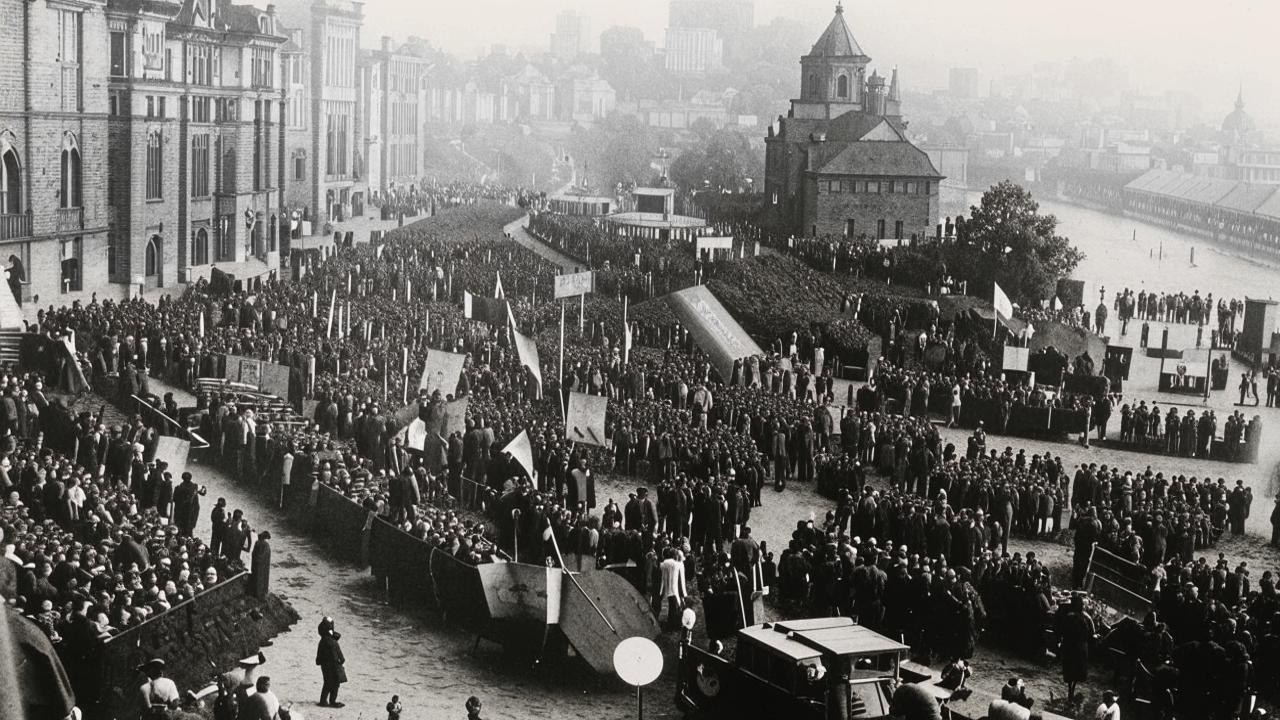
Practicing the straight shot
This is the most basic shot, but you can’t say it’s easier to learn than all the others. It is usually referred to as a “power shot”, which means that in this case it is the power that decides. But, despite its undoubted importance, still can screw up the moment can be a few very important nuances, some of which we described above. These are the supporting leg, body tilt, as well as pulling the toe forward and hitting the ball at the correct point.
Many people use the power shot as it comes – it will go in or it won’t go in, the main thing is to hit it hard. This is a wrong approach, because once you hit the ball well and think that everything – the technique is learned. And then at the decisive moment you’ll hit it higher.
Here are a few things to remember if you want to hit with the lift. Place the supporting leg in front of the ball, the same as in the universal technique. The toe of the kicking foot must be extended, i.e. the foot must be tense. At the same time, you strike with the instep, usually the place where the laces are on the boots. And you need to hit right in the center of the ball – not below and not above.
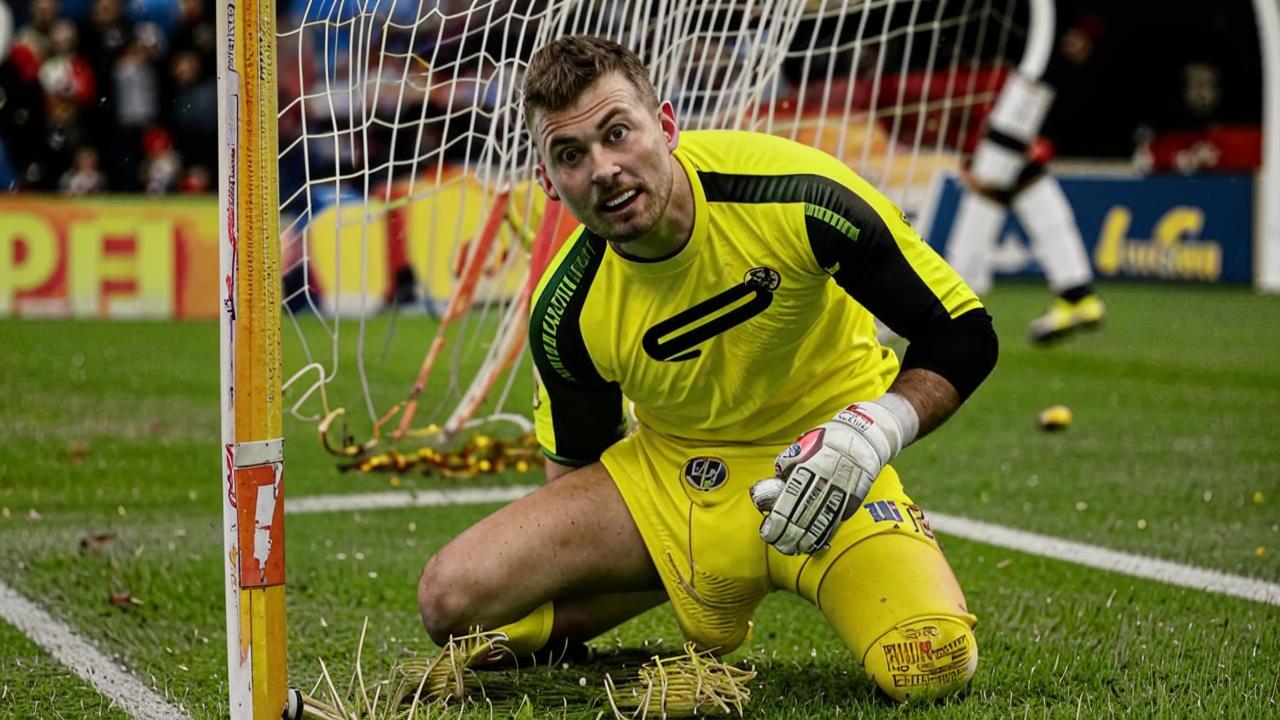
Learning to hit with a twist
The twisting kick is probably the most beautiful thing in soccer. Just take a look at a selection of the best free kicks to see for yourself. Here everything is more complicated than with a direct kick, without knowledge of the basics to hit the goal well is unlikely to work. As a rule, this kick is used when performing standards, but if you want, you can also use it in dynamics.
It is the same with the positioning of the supporting leg, but the run-up should be started from the side, if it is a penalty kick, when the ball is in place. It is important to give the ball the required rotation and lift it up so that it flies into the corner. This is done by hitting where the big toe ends and the bone protrudes. The leg must be tense, and you must hit hard. One twist is hardly enough to fool the goalkeeper.
The movement of the leg should come from the hip, then the kick will be more powerful and the ball will spin even more. After you hit the ball, your foot will continue to move by inertia, this will improve the spin.
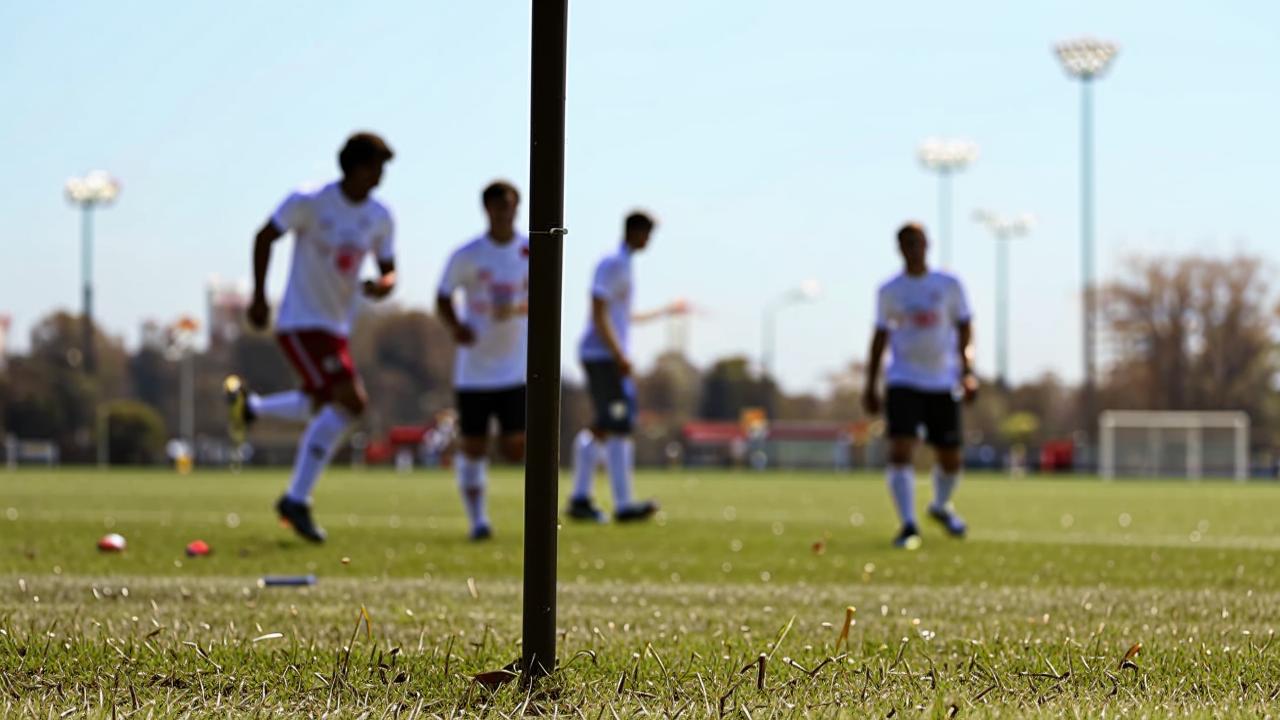
Familiarizing yourself with the swede kick
On the soccer field, there are situations when you need to act out of the box to surprise the goalkeeper or defenders. For this purpose there is a swede kick. The ball is spun, as in the previous variant, but it is more difficult to perform the kick.
Someone will say that there is no need for such a kick, because if you can not hit with the working leg, you can use a weak one. But it may happen that you have to make a decision in a second, to hit with the first touch. You took a step with your weak leg, shifted your weight to it, and then the kick was delivered. This means that you need to adjust to the ball and use the outside of the foot.
This kick is performed by lifting, but with the side part to make a twist. If you hit the right, then hit it to the left of the center of the ball, if the left – the opposite is true. Technique is important in this shot, so you’ll have to spend more than an hour before you start to get something. Don’t get frustrated early and don’t try to solve everything by force. It’s important to perfect your technique so that the ball spins correctly, and the rest will come with time.
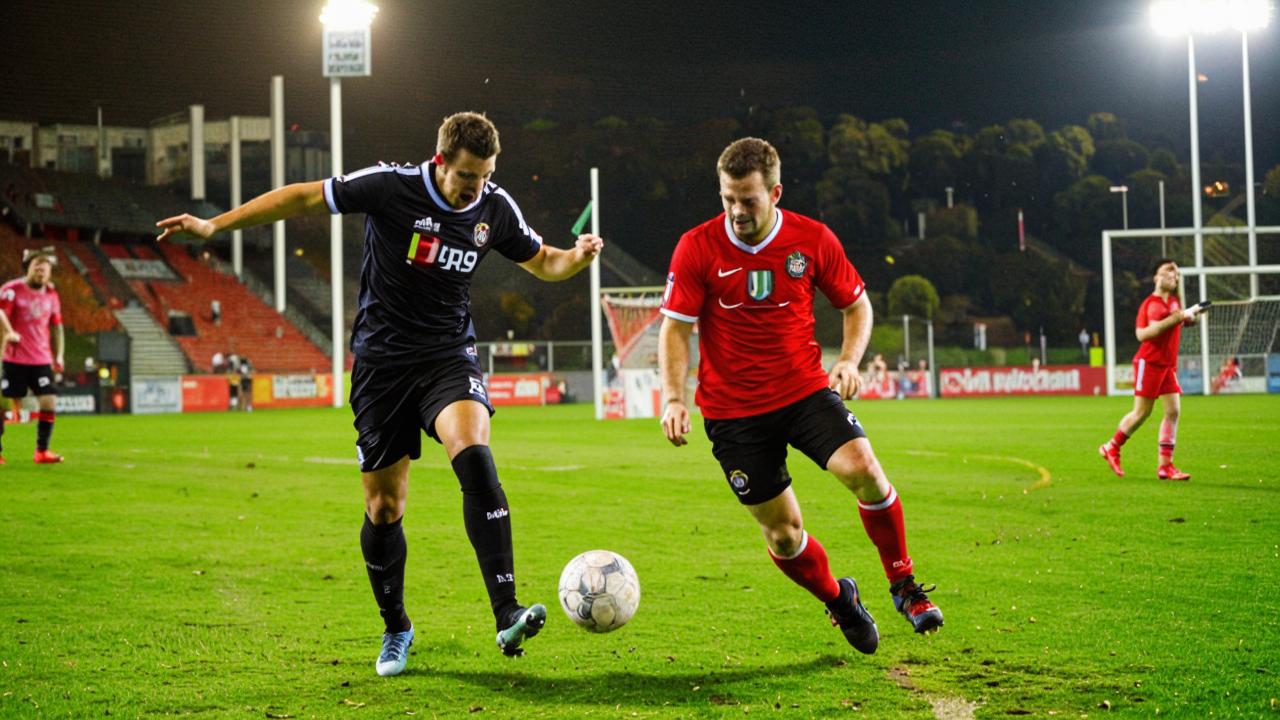
How to make an accurate pass?
Kirill Biryukov: “Let’s talk about short and long passes. Short passes are very important, because statistically they are made much more than all other passes in the game. And, importantly, coaches and specialists often pay attention to the percentage of accurate passes. The more accurate passes, the higher the percentage, simple as that. When it comes to long passes, we should mention the “plasser” technique. As with the kick, technique, focus and repetition are very important.
Kicks, of course, are good, without them there are no goals. But in soccer you can’t do without passing, it is the most basic, but at the same time the most important element. You may not have high speed and good dribbling, but due to accurate and precise passing you can, for example, lead the team into a counterattack.
With the help of feints you can hardly beat a lot of opponents, especially if you will be closely guarded. But with a good pass you can cut off half of the opponent’s team. If you don’t believe me, watch some of the best goalscoring actions of Kevin De Bruyne or Luka Modric, as they sometimes make the difference in the score with a single pass.
In order to make a quality pass, you need to put your supporting foot next to the ball, just like you would with a shot. The next movement is to pass directly, for this you need to swing and bend the working leg at the knee. A strong downward pass should be made with the inside of the foot, tilting the body slightly forward. Do not hit the ball from the bottom up and do not tilt the body back so that the ball does not bounce on the pitch. After hitting the ball, do a “send-off”, that is, pull your foot forward in the direction of the pass, this will help to correct accuracy. And be sure to tense your ankle to make the pass tight and strong.
For the first few training sessions, emphasize technique, do not try to learn how to make strong passes on the fly. Of course, the speed of the ball is important, especially in a game, but an inaccurate pass will be of no use, you will only make it harder for your partners if someone intercepts it.
Short passes can be practiced with a wall, you can work with the ball for hours. You make a pass, it bounces off the wall, you take it in one touch and then pass it back.
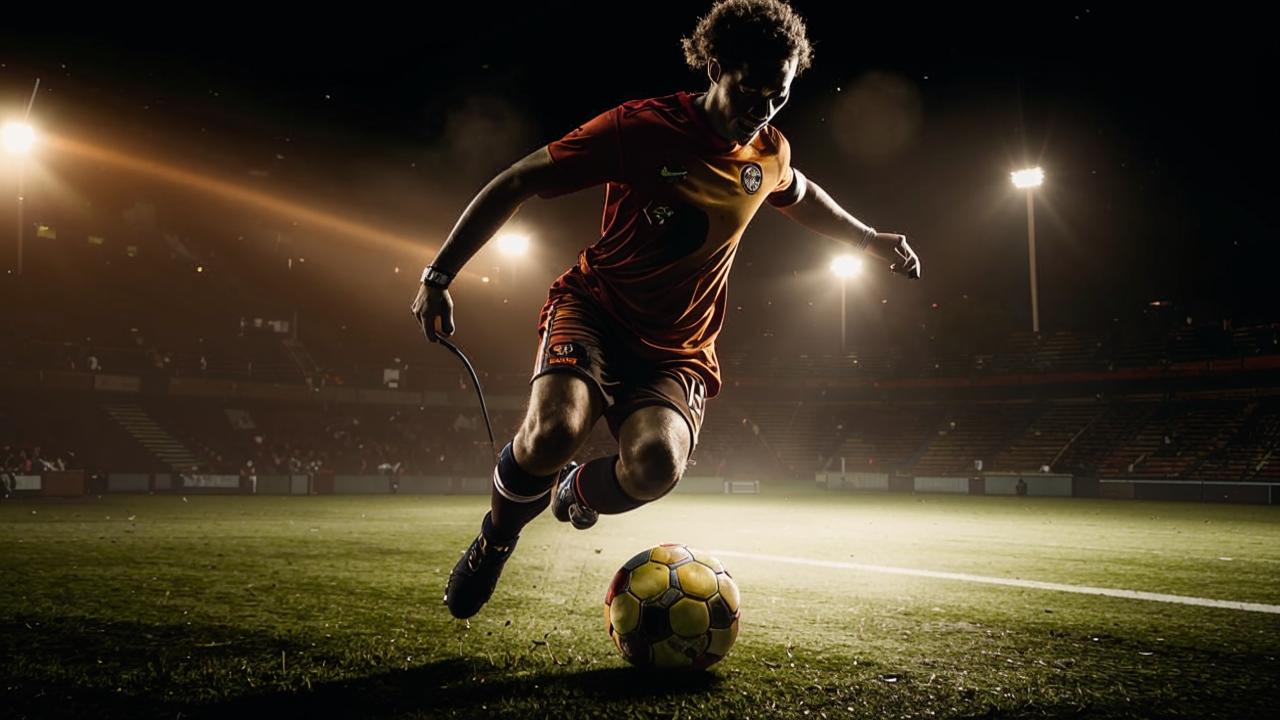
What is a plasser?
The overhead pass is a great solution to many problematic situations on the soccer field. It can be used to move the ball from one flank to the opposite flank or to start a dangerous counterattack. Unfortunately, a long downward pass does not always work, because there is a chance of being cut off or intercepted. But if the ball is flying through the air, there is no way to intercept it, the main thing is to set the right trajectory so that it lands where you want it to.
The first rule to learn when learning long passes is that the run-up corresponds to the power of the pass. It is also important to remember that you cannot make a “plasser” with a straight run-up, because it is performed by hitting the ball from the side. In this case, the movement of the working leg in the execution of the overhead pass is different from the movement of the kick. Your foot should not go up after contact with the ball, and you should hit the ball with the lower part of the lift. The most important thing is to give the ball a reverse spin, so that it is easier to receive. Therefore, your foot should as if to pass through the ball, “cut” it. During the execution do not bend down, but do not lean back, it can change the trajectory of the ball.
And do not forget about the supporting leg, if you leave it behind the ball, you will have to reach with the working leg, and then the transfer will be inaccurate. But don’t put it too far back to avoid a “plasser” from underneath you, as it is highly likely that the ball won’t gain the right height.
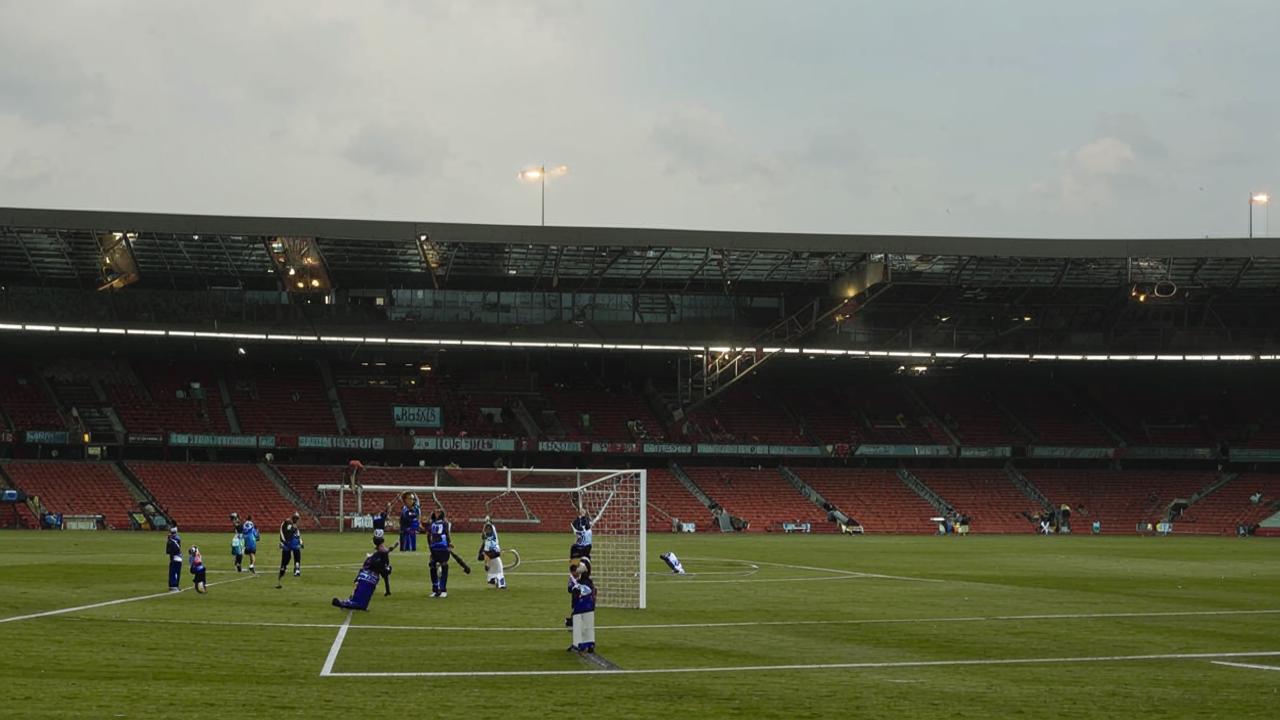
A little more about passing techniques
Depending on the game situation, you can also apply a twisting pass with the inside or outside of the foot. For example, if you want to pass on the move, or if you are covered by opponents and need the ball to twist and go around them. It’s all done similarly to kicks, the same technique, but you need to use less force to make it easier for your partner to receive the pass.
There is an unspoken rule: “it’s always the giver’s fault”. Because it depends on how well and accurately you execute the pass, whether the other person will accept it or not. Do not try to get rid of the ball in any way, this in the vast majority of cases will lead to a cut.
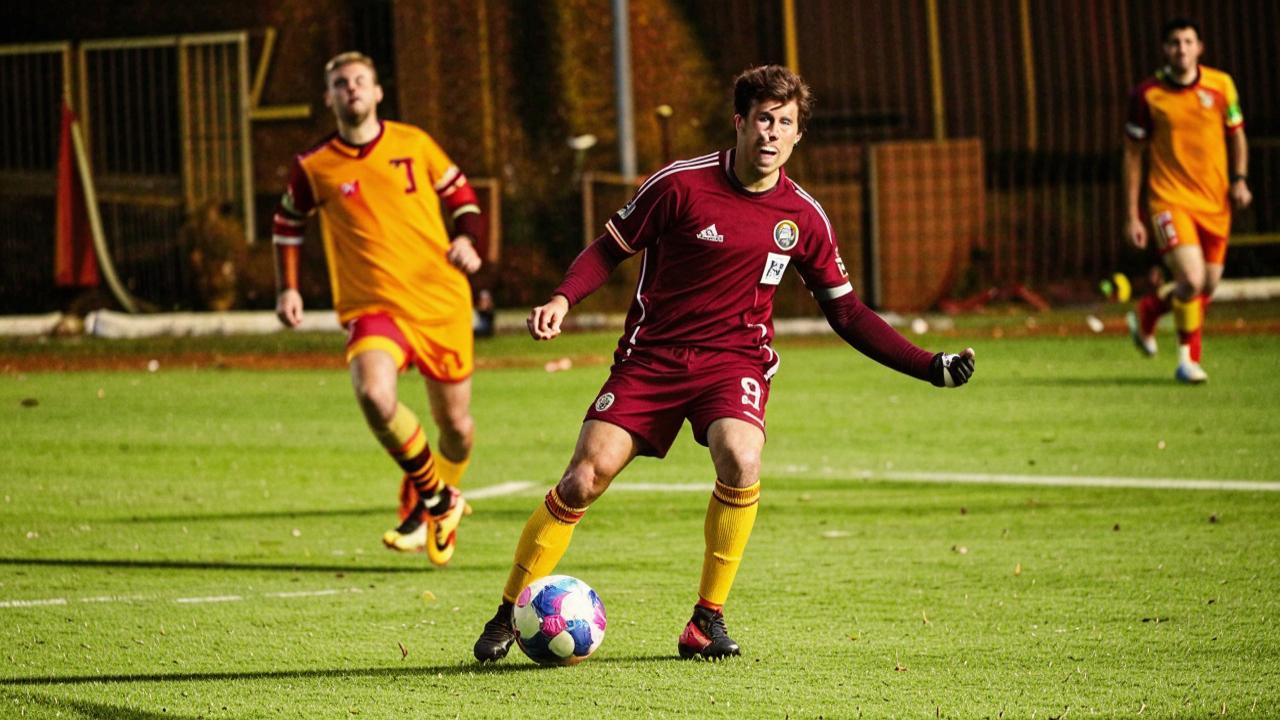
How much time will I have to spend?
In soccer, systematic and regular training is important. How many of us have heard motivational stories about how a person went to the “box” under the house and kicked the ball for hours, chasing a dream. It may not sound very believable, but it’s actually what you need. Finish practicing – stay on the field for at least another half hour and kick a goal or practice a short, long pass.
The more often you practice, the faster you will progress. It’s important to clarify here: if you’ve been practicing soccer for at least a few years or have a full-fledged sports school, it may take a couple of weeks, maybe a month, to learn a new element. But if you are still unfamiliar with this sport in practice, you will have to be patient. You can spend several months.
Remember that the main thing in this case – the desire. If you really love soccer, then training will bring only pleasure. Especially since we are not talking about working on physics, but on kicks. It is important to remember that only at the expense of character and achieve success, most often perseverance beats talent.
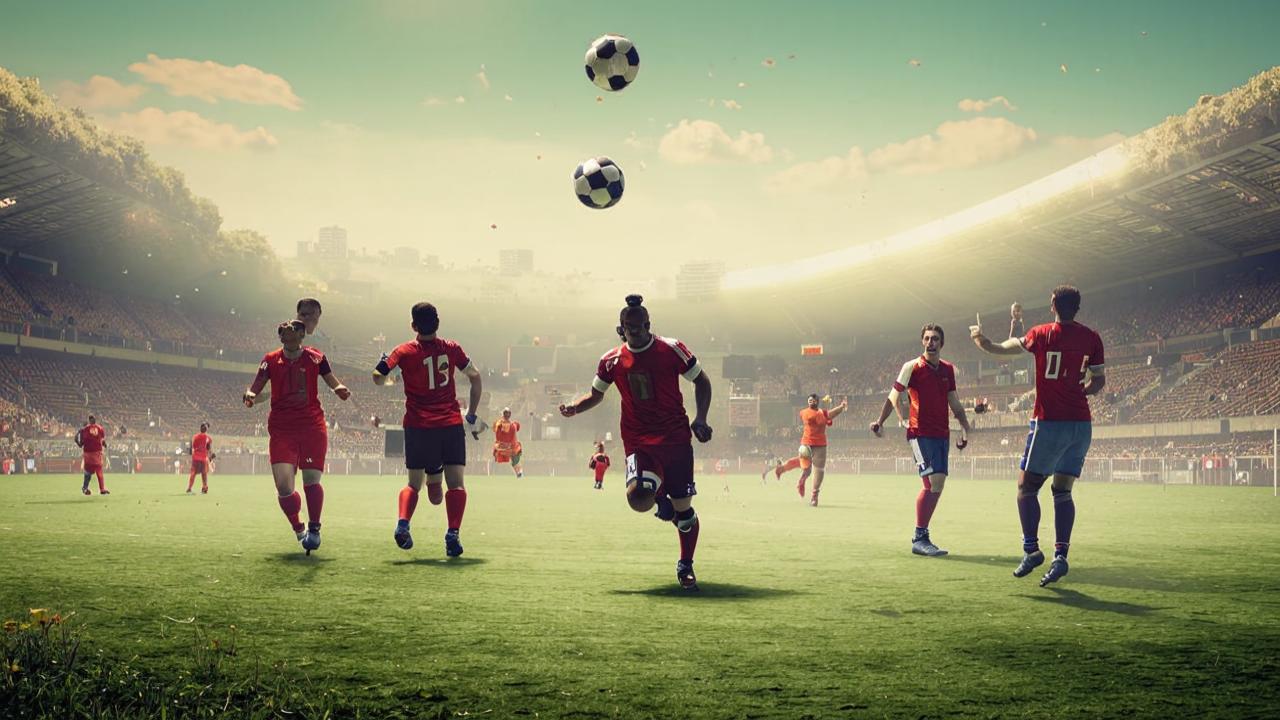
Practice with dynamics
After you have already learned the basic movements in static, you can safely move on to practicing game episodes. Soccer is a game of high speed, on the field you are unlikely to give anyone much time to think about actions, receiving the ball. But your main task is to learn to do wonders on the field.
Do not stop at what you have achieved and continue to perform the same elements in motion. You will see how difficult it is to hit a fast-rolling ball when you are not used to it. And the most effective method is to find a team and learn to pass quickly or hit with resistance in a two-way game, when one opponent is covering you, and the second one is already breathing down your back.
Kirill Biryukov: “It’s important to train all technical elements in dynamics, whether it’s kicks or passes. But if you want to become a regular penalty kick shooter in the team, then, of course, you need to train your free kicks from the spot as well.






